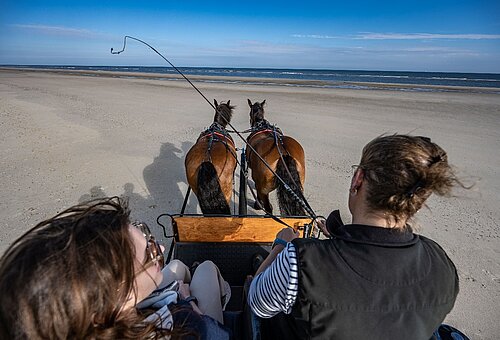
No Cars on the Island
✓ No cars ✓ Horse carriages ✓ By bike ✓ On foot → Experience pure relaxation during your holiday on Juist!
Find all of this on here:
Change language
Datenschutzeinstellungen
In order to provide the best user experience, we require some tools and technologies provided by third parties. Here you can see a list of external tools and decide whether to allow them or not. If you want to change your preferences afterwards, you can do so on our privacy agreement page. Our legal information can be found on this page.
Necessary cookies and functions are required to use the web-site in its basic form.
A required cookie to store login information for the backend, this is relevant for content managers only.
A required cookie to store your privacy preferences.
Functions extend the basic features of the website, third party technologies will be included and they might also collect information on their own.
Allows the playback of videos, that are hosted on vimeo.com. By allowing this feature, you acceot the privacy agreement of vimeo.
Allows the playback of videos, that are hosted on youtube.com. By allowing this feature, you accept the privacy agreement of google.
Integration of contents from regiondo.net. By allowing this option, you consent to the Data and Privacy Protection Policy of Regiondo GmbH.
Integration of an AI-powered Chatbot. By allowing this option, you consent to the Flow XO Privacy Policy.
By collecting access statistics, we can better understand the behavior of our visitors and optimize our online presence.